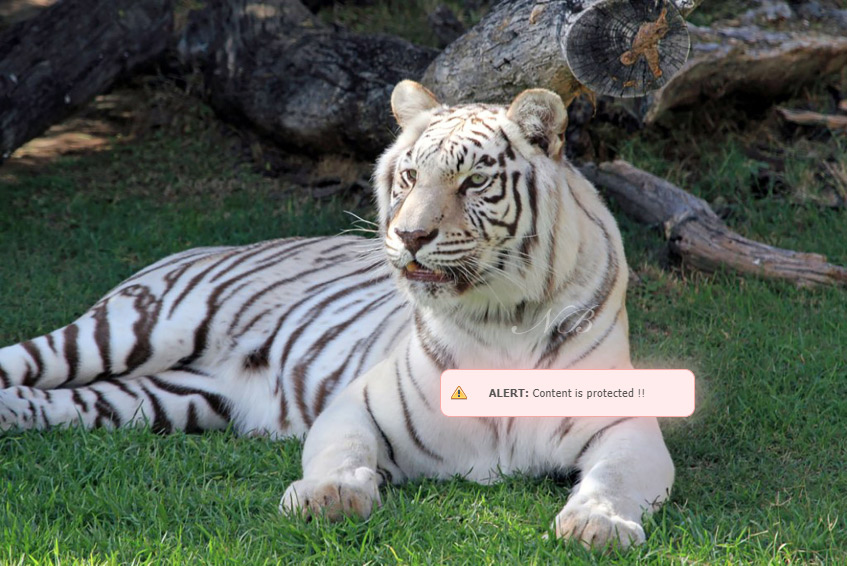- BY tictac
- POSTED IN Blog
- WITH 0 COMMENTS
- PERMALINK
- STANDARD POST TYPE

Photo theft, or as it’s legally known, copyright infringement, is an ongoing issue – that’s why I want to talk about how we can prevent it from happening…
Here are a few tips that will help you how to protect your pictures online.
Copyright Your Photos

Image Credit: D3Damon via iStock
The moment you take a photo, it’s copyrighted as your work.
However, many people don’t understand that fact.
By adding the © symbol or the actual word “Copyright” followed by the year of publication and your name on or near your work, you’re informing anyone that views it that the picture is yours and that it’s protected work.
But for people that purposefully steal other people’s images, you might need to take the copyright thing a step further by registering the copyright.
By registering your copyrighted images, you have a pathway to take any infringements upon your copyrights to court.
In many cases, this will resolve the issue without the need to go to court over it.
Identify Your Work as Your Own

Another primary means of deterring theft of your images is to simply identify your work as your own by adding a watermark, but the problem is that watermarks can be distracting.
Another option, there are a number of companies that work with photographers to create gorgeous photography logos that you can have on your pictures. A strong Photography logo is the most common and successful method for publicly claiming ownership of your photographs.
Disable Right-Click “Save As”
One of the reasons why people steal images online is because, quite frankly, they’re easy to steal.
You can make it less likely for your images to be stolen by disabling right-click “save as” on your website or online portfolio.
It’s the most common way people download photographs from the web.
Disabling right clicks is usually a matter of adding a plugin (if you use WordPress) or adding HTML code to your website.

How do I Know if Someone Has Stolen your Image Online?
If you’re wondering if someone has already taken your photo, thankfully there is a way you can find out. This is where Google comes in handy.
Simply visit Google images, where in the search bar you will see the option to upload a photo. Upload the image you want to search for and Google will bring up all the pages where it’s being used. By going through the websites you will be able find out whether or not your image is being published without your authorization.
You can access Google Image search here
Are these methods 100-percent failsafe? No. But will they deter many people from using your images without your permission, absolutely!
What to do if Your Image Has Been Stolen
Having someone take your work is never a nice experience. If it does happen to you, below are some straight-forward actions that you can take in order to deal with the matter correctly. This applies to both copyright infringement committed by an individual and company/website.
What to do First
Okay, so the first thing you’re going to want to do is to create a proof of the work that has been stolen. This is going to come in handy should the situation become a legal matter and you want to claim damages.
Making a record of the infringing work is simple. Just take a screenshot or picture and always print a paper copy for your records. It’s useful to identify if any of your steps taken to protect the photo, such as your Photologo and metadata, have been removed by the accused.
How to Report a Photo on Facebook
If you found someone else publishing your image without consent, reporting it to Facebook will help to have it taken down. The process is easy,
Go to the individual or company timeline and find your image. To save endlessly scrolling, you will be able to find it quicker in the ‘Photos’ section of their profile. Click on the image and hover your mouse over it. A drop menu will appear, titled ‘Options’.
After clicking on the options tab, you will see a prompt to click ‘Report photo’. Facebook will then ask you to explain why you are reporting the image. Select ‘Something Else’ and then ‘Intellectual property’.
Facebook will do the rest!

